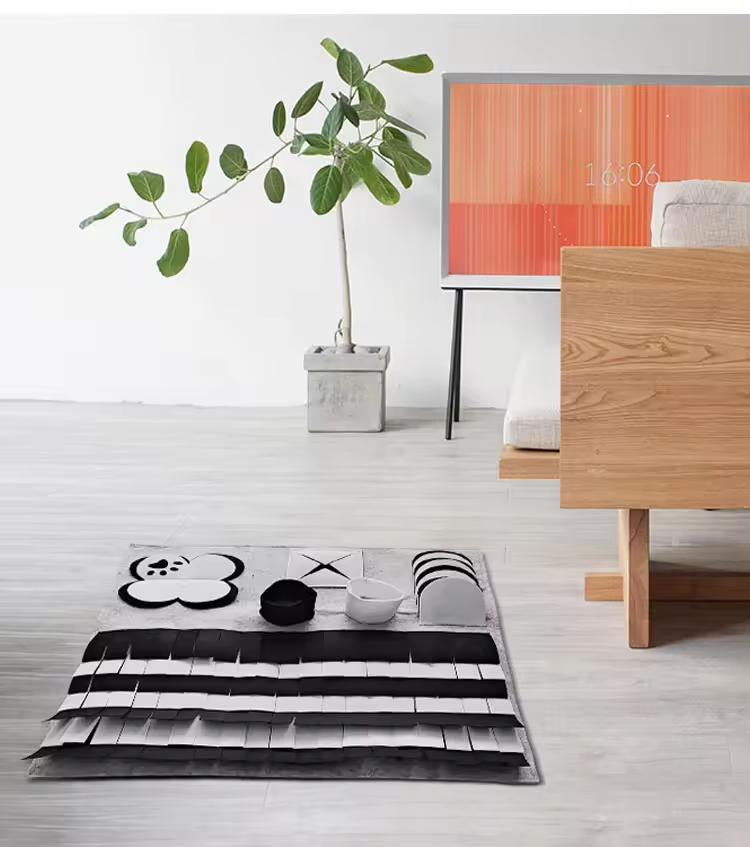How to Make Sound Absorbing Wall Panels
Creating an environment with optimal sound quality is essential in various settings, from recording studios to home theaters. One effective way to improve acoustics is by using sound absorbing wall panels. Not only are these panels functional, but they can also be stylish and enhance the aesthetics of a room. Let's explore how to make your own sound absorbing wall panels.
Materials Needed
1. Acoustic Foam or Fabric The primary material for sound absorption. Acoustic foam is specifically designed for this purpose, while certain thick fabrics can also work. 2. Wood Frames These will serve as the structure of your panels. Common choices include plywood or MDF (medium-density fiberboard). 3. Batting or Insulation Use fiberglass insulation or polyester batting to fill the frames, which will further improve sound absorption.
4. Spray Adhesive or Stapler For attaching the foam or fabric to the wood frame.
5. Backing Board Optional, but can give added support to the panels.
6. Fabric for Covering An aesthetic fabric to wrap the panels, ensuring it complements your room's decor.
7. Mounting Hardware Hooks, picture hangers, or brackets for hanging the panels on the wall.
Step-by-Step Process
1. Measure and Cut the Wood Decide on the size of your panels based on your room’s dimensions and desired coverage. Cut the wood into rectangular pieces that will form the frame of each panel.
how to make sound absorbing wall panels

2. Assemble the Frames Join the wooden pieces to create a rectangle. Use screws or wood glue to secure the corners. Ensure the frames are sturdy and can hold the insulation and covering materials.
3. Fill the Frames with Insulation Cut the batting or insulation material to fit snugly within the frames. This layer is crucial as it absorbs sound frequencies. Press the insulation firmly into the frame.
4. Attach the Acoustic Foam or Fabric If using acoustic foam, cut it to match the size of the frame and adhere it to the front using spray adhesive. For fabric, stretch it tightly over the frame and secure it at the back using a staple gun or adhesive.
5. Cover the Back (Optional) If desired, you can attach a backing board to the rear of the panel to provide additional support and a finished look.
6. Finish the Edges Ensure that all edges are neat and secure. You can use additional fabric or trim to wrap around the edges for a more polished appearance.
7. Mount the Panels Decide where to place your panels for maximum sound absorption. Common areas include behind speakers and throughout the listening area. Use your chosen mounting hardware to hang them securely on the wall.
8. Test and Adjust Once installed, listen to how the sound quality has improved. You may need to rearrange the panels for optimal effect.
Conclusion
Making your own sound absorbing wall panels is a manageable DIY project that can significantly enhance your audio environment. With just a few basic materials and some creativity, you can create functional and beautiful panels that complement your home or studio. Whether you're looking to reduce echo, absorb background noise, or simply improve the acoustics of your space, these panels are a worthy addition to your décor.
-
Flexible MDF Tambour Panels: Bending Decorative Wall GrilleNewsSep.01,2025
-
Pink Snuffle Mat for Dogs: Fun Enrichment & Slow FeederNewsAug.31,2025
-
Durable Snuffle Mat for Dogs: Engage & Slow Feed Your PetNewsAug.30,2025
-
Durable Snuffle Mat for Dogs | Mental Enrichment & Slow FeederNewsAug.29,2025
-
Portable Cat Bed for Travel | Cozy, Secure & Multi-functionalNewsAug.28,2025
-
Snuffle Ball Benefits for Indoor DogsNewsAug.22,2025
